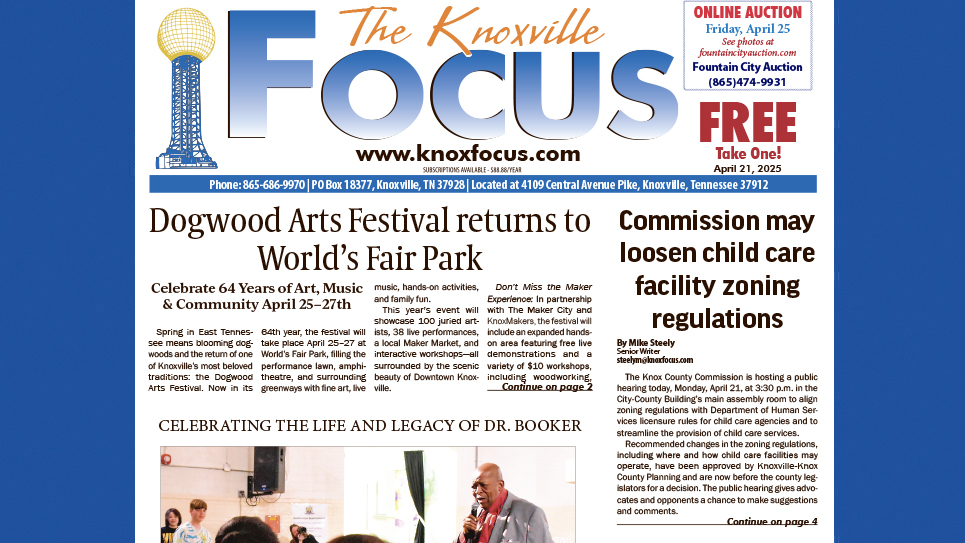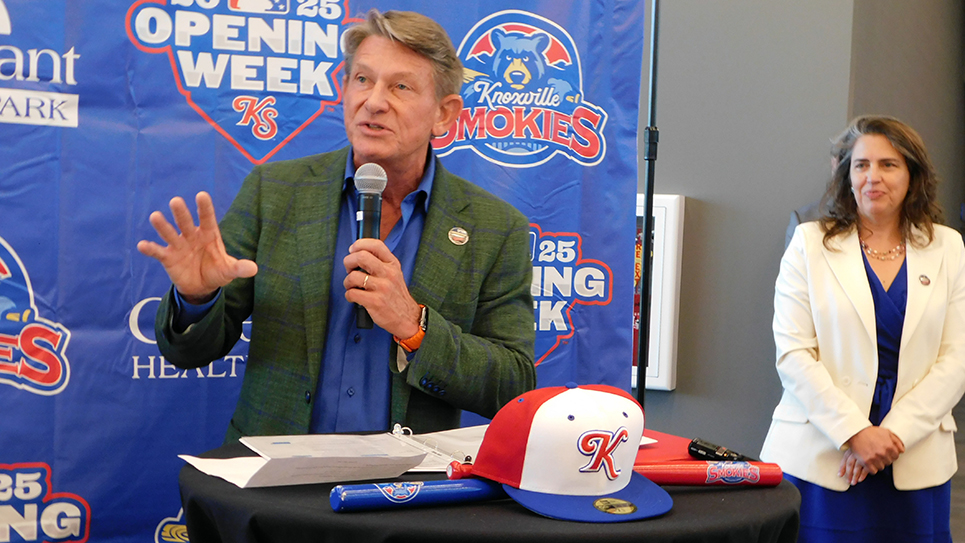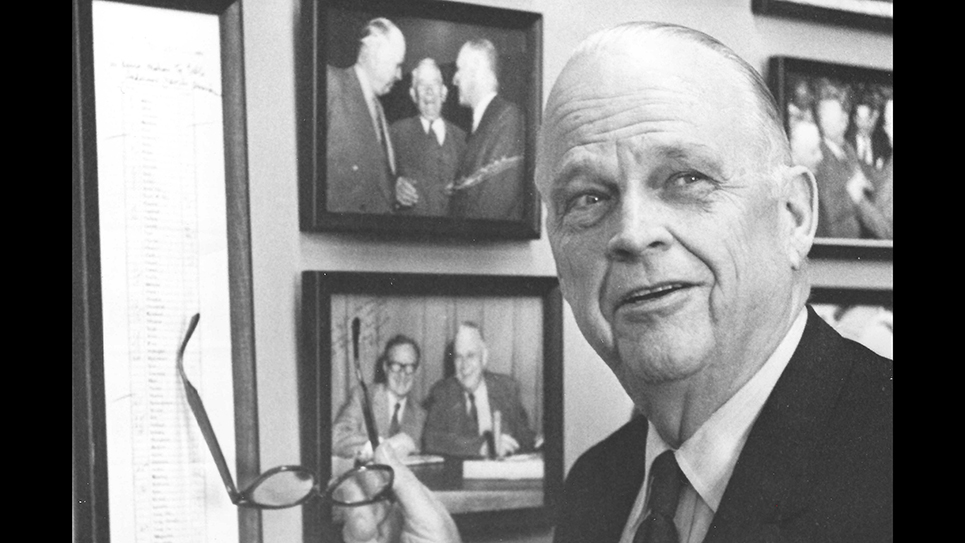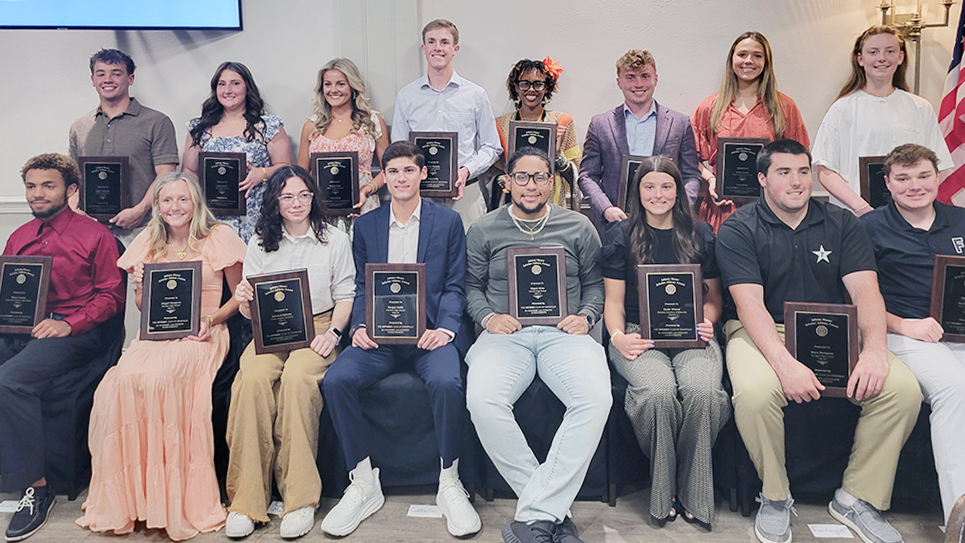By Tom Mattingly
There have been times, through the years, when combatants have come out to play football in uniforms that were, shall we say, sartorially challenged.
For the 1977 Vandy game, in John Majors’ first year as head coach, Tennessee for the first time showed up all in orange, orange shirts, orange pants and even orange stripes at the top of their socks. The Commodores were dressed in black.
Fans were understandably confused. It had been a month since Halloween.
There have been other classic examples of distracting attire. Tennessee was again dressed all in orange for the 1980 Virginia game. The Cavaliers chose white shirts and orange pants. Of course, they were not the correct shade.
The color coordinator was absent without leave for the 1969 Vanderbilt game. The Vols wore orange jerseys and Vandy came out in some gosh-awful version of tarnished gold.
They called it “old gold.”
That sounded better than it looked.
It was a sunny late November day and fans couldn’t tell which players were which, with or without a program. Just think what that mix would have done to new color TV screens.
That was a good game to not be on television even though it was Doug Dickey’s last and Tennessee won, 40-27.
In 1967 when Dickey was recruiting soon-to-be Vol fullback Curt Watson of Crossville, he finished his spiel by looking him straight in the eye and saying, “Curt, you’d look terrible in black and gold.”
There was a time uniforms were practical and not a part of showtime. Old Vol Breezy Wynn manufactured some heavyweights for the Volunteers way back when. I do believe the pants were made of canvas so they wouldn’t get water-logged in foul weather.
Coach Robert R. Neyland worried about any little thing that might handicap, distract, or slow his running backs.
A little later, Neyland called on Wynn to manufacture lighter jerseys, pants, and pads. A little later than that, the General came up with the idea of tear-away jerseys, made of cloth so flimsy it became part of Tennessee’s winning edge.
Many times, rival defensive backs ended up with a handful of what looked like orange rags as the Tennessee runner continued toward the goal.
Wynn, a good fullback, was famous beyond football. He may have been Knoxville’s leading industrialist of his time. He was a big-time operator during World War II. His factories produced more than nine million duffle bags and maybe half that many military jackets.
In the 1950s, the Wynns owned 21 plants.
Breezy was a founder and leader of the Knoxville Quarterback Club. In his spare time, he was president of the Knoxville Symphony Society.
Yes, the Vol Historian remembers more than scores and what year Robbie Franklin played right guard…
I remember now, we were talking about uniforms.
They matter most seriously to two groups – traditionalists and the players who wear them.
There are fans who shudder when the Vols come out to play in anything different than orange shirts and white pants. That combo is Tennessee.
Players, often given a choice, have come up with gun-metal gray and solid black and fretted because they were stuck with white helmets. Some said they found the varied color schemes exciting.
Coaches are pleased when players react positively to uniform “adjustments.”
Players are pleased when they win a game in different color combinations. Come to think of it, players and fans are pleased when they win.
Coaches use uniform reactions as conversation pieces in recruiting.
“Just think how you would look in THAT!”
Dr. Daniel J. White, vice chancellor and director of athletics, applauds the occasional change of jerseys. He’ll sell thousands of souvenirs to fans who insist on staying in touch.
One uniform change backfired. In 1963, Jim McDonald’s one season, somebody ventured where Tennessee had never been. In 1963 the Vols unveiled orange jerseys trimmed in black at home. At least twice they played in white shirts trimmed in orange and black on the road. They weren’t called the “Halloween jerseys” for nothing. Vol fans hoped they were shipped to some far-away place where they were better-received than in Knoxville.
There are other examples of problems with uniforms worn by Vol opponents. In 1997 Northwestern showed up in purple jerseys and black pants (or was it black jerseys and purple pants?). In 1962 Tulane arrived for the kick-off in green jerseys and green pants.
Fans may or may not cringe at various color combinations and “alternate” uniforms, but it’s all part of the ever-evolving player/fan experience.





